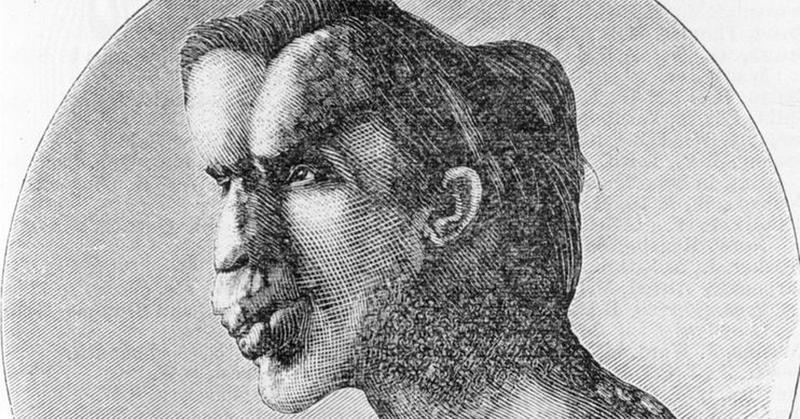Joseph Merrick A.K.A. The Elephant Man
By | September 21, 2022

Joseph Merrick was born on August 5, 1862 in Leicester, England to two working-class parents. He was presumably a healthy baby, which was a relief to his mother, who lost two of her four children during infancy from illness. However, things changed when Merrick approached the age of five, when his lips began to swell and his forehead developed large bumps that were tough, often described as looking a good deal like elephant skin. Over time, his right arm also began to grow large and bumpy, with similarly rough and thick skin. Though shunned by other schoolchildren, his mother doted on him and did her best to protect him from the cruelty of the world. Sadly, she had her own disability that was not well recorded at the time and died when Merrick was only 11 years old.
His father's new wife was not so smitten with the increasingly deformed boy and made it a rule that he had to contribute to the household finances or leave. He dropped out of school and, for a short time, worked at a cigar shop, but soon, his right hand grew so large that any kind of physical labor became impossible. He wandered from workhouse to workhouse but eventually had to do what many people with less common physical disabilities did at the time and joined a "human novelties" exhibit, more commonly referred to as a "freak show."

While never wealthy, Merrick made enough money traveling around to support himself, marketed as a "half-man, half-elephant" curiosity. Eventually, he landed a more secure life as the sole curiosity at a shop on Whitechapel Road, which happened to be across the street from the research-oriented Royal London Hospital. Occasionally, students and doctors showed up to observe him; one prominent surgeon, Frederick Treves, recalled Merrick as "the most disgusting specimen of humanity that I had ever seen." By this point, his mysterious condition had affected all parts of his body except his upper left torso, left arm, and genitalia.
Despite the shock his physical appearance often engendered, many had empathy for Merrick, and the British attitude toward freak shows was beginning to turn. Though the curiosity racket was a nightmare of exploitation, its end ironically put otherwise unemployable people like Merrick out of work for good, and he was left to fend for himself on the streets. He eventually had to be saved by the police from horrified gawkers that crowded around him.

Due to his ailment, Merrick had great difficulty speaking but gave the police the card of Dr. Treves, who retrieved him and set him up in a secluded part of the hospital where he could live in peace, away from the other patients. Of course, this was an incredibly lonely life, and in spending time with Merrick, Treves learned that he'd never had any communication with a woman besides his late mother. Hoping to boost his shattered self-esteem, he invited a young widowed friend of his to meet Merrick after explaining to her his unique situation. As expected, Merrick's spirits were lifted, as she was apparently the first woman who had ever shaken the so-called Elephant Man's hand. They stayed friends for the rest of his life, and soon, word got around English high society about his unique struggle.
Charitable donations poured in to pay for his care, and Merrick began receiving visitors, once even hosting the Princess Alexandra of Wales in his small hospital apartment. Merrick wanted more than anything to be treated like a normal person, and toward the end of his life, he even got to fulfill his lifelong dream of visiting the theater as a guest (even though he was made to sit in a private box, away from the crowd). However, it was likely this desire that ended Merrick's life at the age of 27, when he tried to sleep lying down, which was forbidden by Treves due to his head and shoulder abnormalities. This experiment unfortunately left him to suffocate in his sleep. Though his body was studied at the Royal London Hospital without a formal diagnosis, modern professionals suspect he had a severe case of Proteus syndrome.

